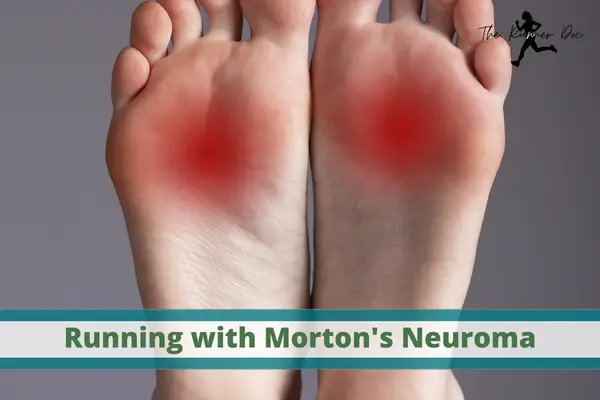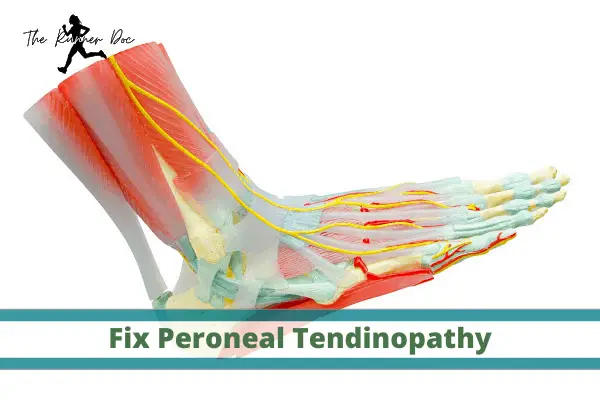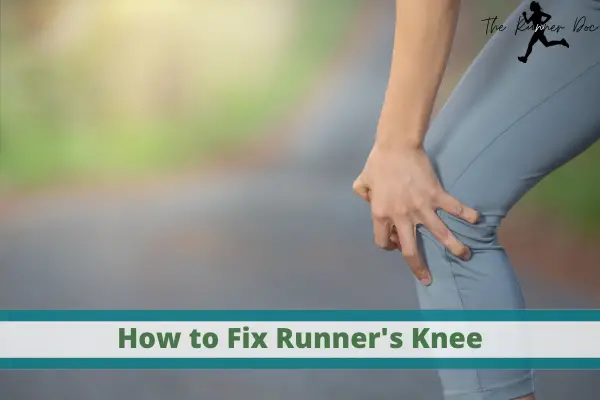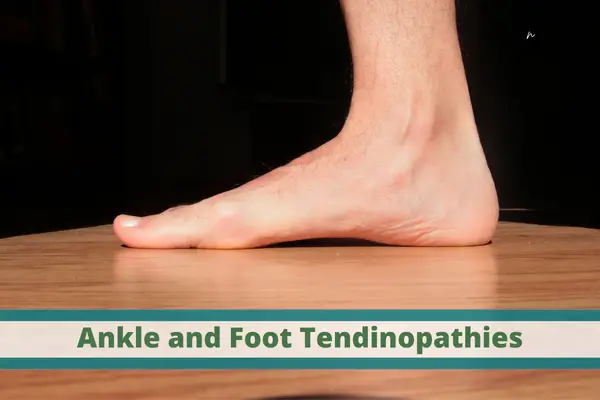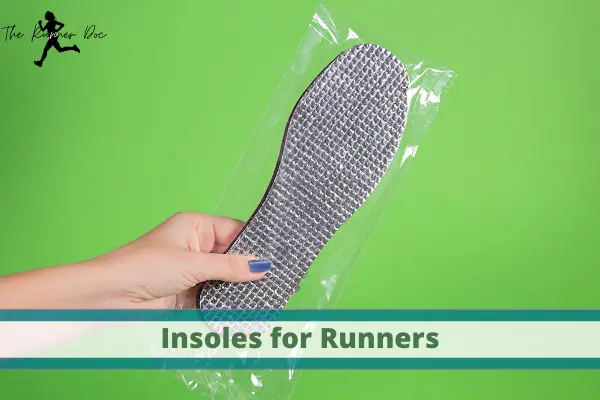Running Pain-Free: Everything You Need to Know About Morton’s Neuroma
Running with Morton’s Neuroma
The feeling of wet leather stuck to the bottom of your foot? Not sure what pain, numbness or tingling are in the bottom of your foot? It might be Morton’s Neuroma, a condition that affects a nerve in your foot causing pain.
This blog post will discuss Morton’s neuroma, how to identify it, how to treat it effectively, and ways to prevent future occurrences. So read on for more information about dealing with Morton’s Neuroma as an athlete! While it may sound like a severe problem, you can get back to running with proper diagnosis and treatment without any issues.
What is Morton’s Neuroma
Morton’s neuroma is a condition that affects runners and other athletes, causing pain in the ball of the foot. It occurs when a nerve in the foot becomes irritated or compressed, resulting in sharp, shooting pains that can make running difficult and uncomfortable.
Simply put, a neuroma is a benign tumor around a nerve. Morton’s neuroma, however, is not actually a tumor, but a thickening of the tissue that surrounds the digital nerve leading to the toes. This thickening can cause different levels of ache or pain in the forefoot, making certain activities difficult to perform, such as running. Morton’s neuroma is also referred to as interdigital neuroma in the medical world. It is most often found in the third webspace in the foot as shown by the green circle in the image below.

Causes of Morton’s Neuroma in Runners
Morton’s neuroma is essentially an overuse injury. Again with the overuse injury. But really that is the most common cause of injury in runners.
The exact cause of Morton’s neuroma isn’t known though. But it is suspected, that there is a correlation between Morton’s neuroma and those that participate in high-impact sports, such as running. Secondly, there is a correlation between wearing narrow-toe box shoes, such as high heels. That is why there is a large prevalence of women runners that develop Morton’s Neuroma.
Related Article: Bunions in Runners

Symptoms of Morton’s Neuroma
Usually, there are no visible symptoms of Morton’s neuroma like a bump or change in skin color. This can make diagnosing and identifying an interdigital neuroma difficult.
The most common symptoms of Morton’s Neuroma are:
- Persistent burning or sharp pain in the ball of the foot may radiate into the toes, especially during weight-bearing activities like running or walking.
- Night pain is rare.
- The feeling of a pebble or marble under their foot.
- Pain is typically between the base of the third and fourth toes, but it can occur between the second and third toes as well.
- Numbness or tingling in the toes.
- Sprinters may feel pain as they push off from the starting block.
- Problems with shoe wear are common. High heels and narrow shoes may cause an increase in pain due to the extra pressure being placed on the forefoot.
During running, the pain may start 10 to 20 minutes into your run. Every step can feel as though an electric current is passing through your foot.
In summary, symptoms typically are a sharp, burning, or throbbing pain in the ball of the foot and/or tingling in the toes.
Related article: Metatarsalgia in Runners
Diagnosing Morton’s Neuroma in Runners
Morton’s Neuroma can be difficult to diagnose. The best way is to get evaluated by a medical professional such as a Physician, Physical Therapist, or Podiatrist.
A typical exam for Morton’s Neuroma will include:
- Evaluating the skin of the foot and ankle for signs of pressure points
- Screening toes and feet for any potential misalignments that can lead to forefoot pain.
- Applying pressure to the spaces between your toes to help identify where exactly it hurts.
- Assessing the range of motion of the toe joints, as well as other joints
- To determine whether you have Morton’s neuroma, your doctor may test the area between your toes with a light touch or squeeze – called Mulder’s click – to check for any clicks.
An X-ray may be necessary to determine if you have a stress fracture or arthritis of the joints joining your toes and foot. Though an MRI might be called for in certain scenarios, typically it is not required.
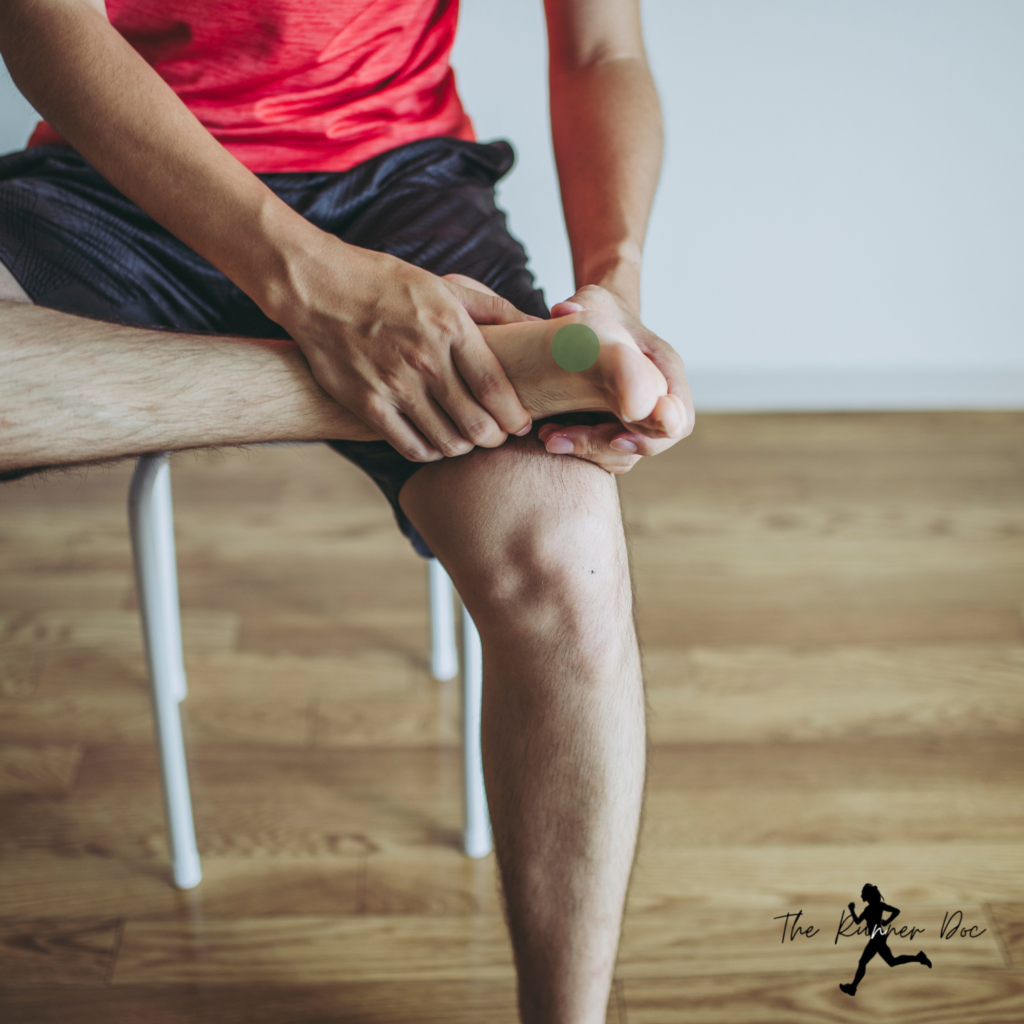
Treating Morton’s Neuroma in Runners
There are two approaches to the treatment of Morton’s neuroma, and they depend on the severity. Conservative treatment for mild to moderate cases, which includes no surgery and treatment by a physical therapist. Then there is the surgical treatment for more severe cases. My advice is to always try conservative treatment first because even in severe cases there is a chance that it fixes the issue without surgery, which is a win!
Conservative Treatment for Morton’s Neuroma
The best treatment for Morton’s neuroma is to rest from running and other activities that cause pain for a short time.
Other non-surgical treatments can be used to reduce the pain including:
- Ice – Applying a cold compress or ice pack helps numb the area and relieve some of the pressure.
- Anti-Inflammatories – over-the-counter drugs like ibuprofen and naproxen can reduce swelling and pain
- Cushioning – The use of cushioning inserts in the shoes can help alleviate pressure on the foot.
- Physical Therapy – specific exercises, stretches, manual therapy, dry needling, massage, and taping.
- Changing footwear – stop wearing high heels and narrow shoes. Invest in some quality shoes that have wide-toe boxes, also called foot-shaped toe boxes.
- Injection – a corticosteroid injection or ablation can help reduce inflammation and pain.
Surgical Treatment of Morton’s Neuroma in Runners
In some cases, the pain from Morton’s neuroma can be so severe that it does not respond to conservative treatment or returns after conservative treatment repetitively. In those cases, surgery may be necessary in order to remove a lump of scar tissue or an inflamed nerve.
There are different surgical options and your orthopedic surgeon would be able to discuss the pros and cons of each and his/her preferred method.
Orthotics or Inserts that Can Help Reduce Pressure on the Nerve
I usually don’t promote orthotics or inserts. I feel, and the research supports, that you are better off working on your body to relieve and fix the issues than outside support such as an orthotic. But this is one of those times when an orthotic or insert might be beneficial in the early stages.
My Favorite inserts for runners
There are specific inserts available that help relieves pressure placed on your forefoot for Morton’s neuroma. Adding these to your new wide-toe box shoes can work wonders on your pain. Just remember that they shouldn’t be a long-term solution and you should wean away from using them once your pain is under control.
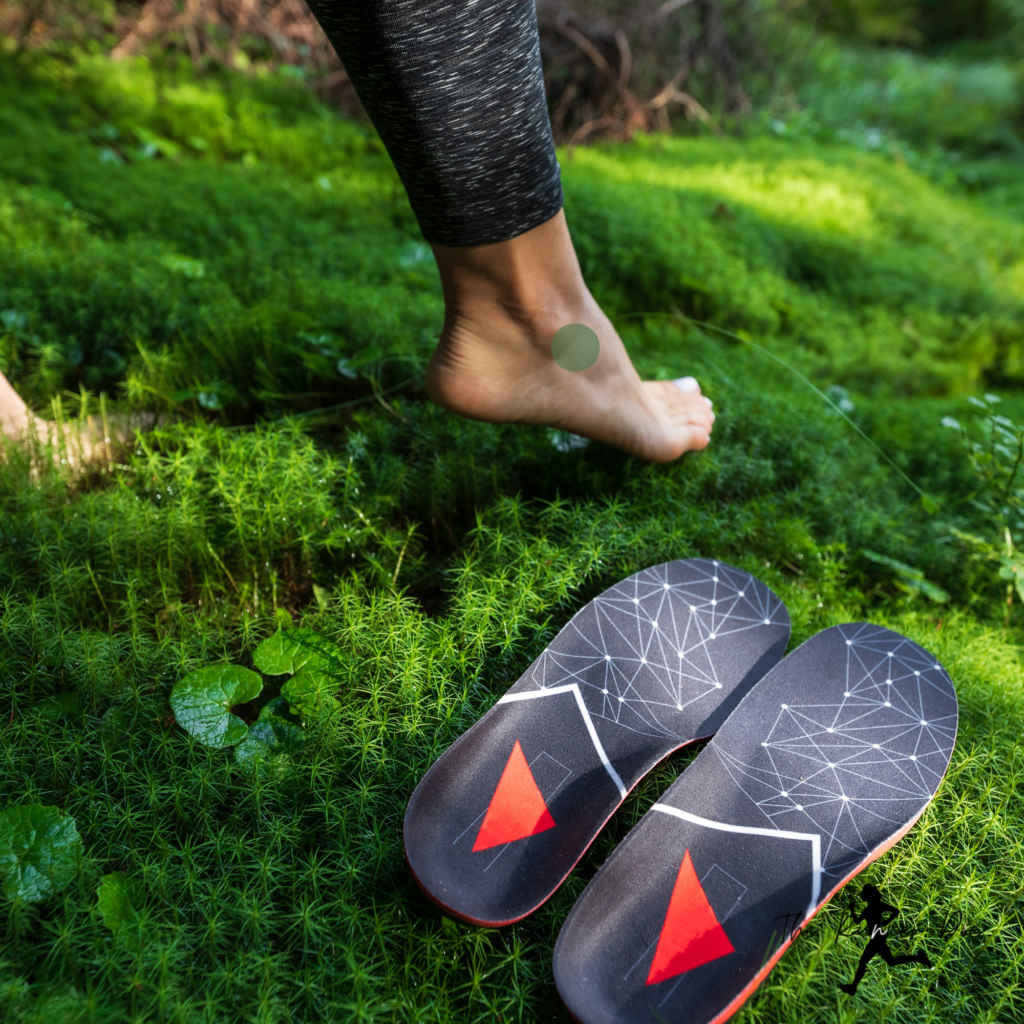
Can You Run with Morton’s Neuroma
This may come as a shock but probably not. This is one of those conditions in that you need to rest and let calm down a bit before you start running again. Look for something with lower impact like biking or the elliptical that you can do pain-free.
Make sure you update your shoes if you develop Morton’s neuroma. You will want to start wearing shoes with wide-toe boxes such as Altra or Vivobarefoot shoes.
Related article: How to Run in Barefoot Shoes
Tips for Preventing Future Occurrence of Morton’s Neuroma in Runners
Finally, here are a few tips to help prevent Morton’s neuroma in the future.
- Stretch your feet and calves regularly to improve mobility and stress
- Wear shoes with wide-toe boxes such as those from Altra or Vivobarefoot so that your toes have plenty of room to spread out.
- Limit your running duration to reduce the strain on your feet.
- Don’t wear high heels or other shoes that put too much pressure on the front of your foot.
- Work on increasing toe space and mobility by wearing toe spacers and doing toe yoga.
- Strengthen your feet by doing specific exercises for the muscles and ligaments in the foot.
These tips should help you reduce your risk of developing Morton’s neuroma or other foot issues as a runner. Remember to seek professional help if you are experiencing pain that won’t go away. A Doctor of Physical Therapy can help you determine the cause of your pain and create a treatment plan to get you back on the road as soon as possible.
Final Thoughts on Morton’s Neuroma in Runners
Morton’s neuroma can be a painful and annoying condition for runners, but it doesn’t have to be something you live with forever. By taking steps such as changing your footwear, stretching and strengthening your feet, and seeking professional help if needed, you can reduce your risk of developing this painful condition. Think prevention first when it comes to running and foot health to keep the miles going strong.
AFFILIATE DISCLOSURE
As an Amazon Associate, I earn from qualifying purchases. This post may contain affiliate links. If you use these links to buy something we may earn a commission. The Site may contain links to affiliate websites, and we receive an affiliate commission for any purchases made by you on the affiliate website using such links.
All information should be used as a tool for more knowledge on the subject topic, to use as references for later articles where applicable, or just to keep it in mind during future exercise routines or activities.
This article is not meant to give medical advice or to replace professional health care. Should any ailment occur please contact your doctor or physical therapist immediately to keep yourself safe and prevent further damage.
The author is not liable for any personal or commercial damage directly or indirectly related to the content hereof. You are responsible for adhering to local laws and regulations regarding health & safety, including proper use of equipment or safety gear, and compliance with governing healthcare associations, and state, and federal regulations.
References for Morton’s Neuroma in Runners
- https://orthoinfo.aaos.org/en/diseases–conditions/mortons-neuroma
- Munir U, Tafti D, Morgan S. Morton Neuroma. [Updated 2022 Oct 25]. In: StatPearls [Internet]. Treasure Island (FL): StatPearls Publishing; 2022 Jan-. Available from: https://www.ncbi.nlm.nih.gov/books/NBK470249/
- Matthews, B.G., Hurn, S.E., Harding, M.P. et al. The effectiveness of non-surgical interventions for common plantar digital compressive neuropathy (Morton’s neuroma): a systematic review and meta-analysis. J Foot Ankle Res 12, 12 (2019). https://doi.org/10.1186/s13047-019-0320-7
Running with Morton’s Neuroma
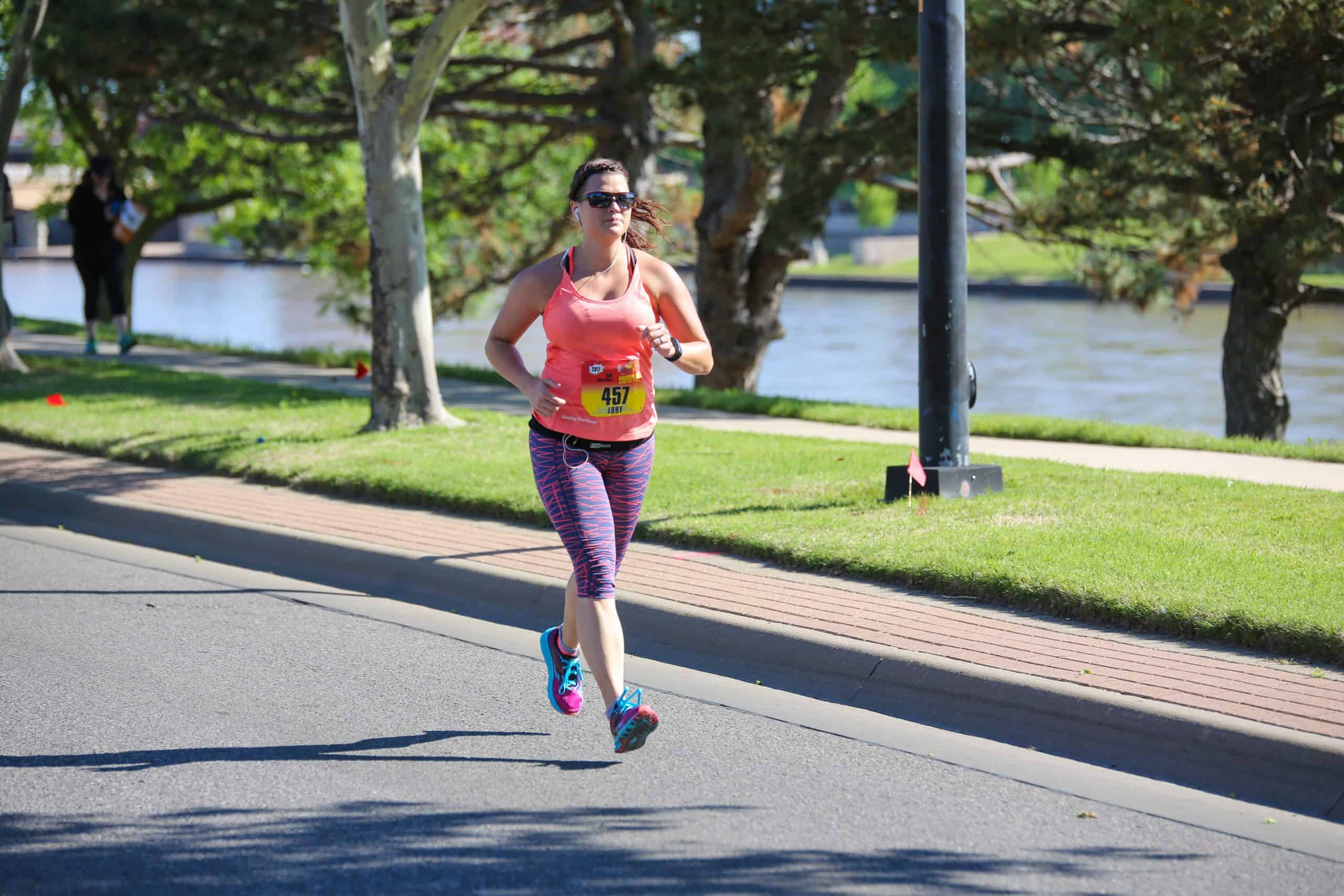
Dr. Abby Siler, PT, DPT is a Physical Therapist with 10 years of experience in a variety of settings. She has spent the majority of her time treating athletes in orthopedic clinics and worker’s compensation cases. She is a runner herself for the past 15 years and a lifelong athlete. Dr. Abby loves to teach runners how to stay injury free and out of her clinic.

